The rapid evolution of artificial intelligence (AI) has ushered in a new era of creative tools, with 3D AI text generators emerging as a groundbreaking innovation. These advanced systems combine the power of natural language processing (NLP) with 3D modeling to create dynamic, three-dimensional text outputs that are revolutionizing industries like gaming, advertising, virtual reality (VR), and digital design. In this article, we’ll dive into what 3D AI text generators are, how they work, their applications, and the future potential of this transformative technology.
What is a 3D AI Text Generator?
A 3D AI text generator is a specialized AI tool that produces three-dimensional text or typography based on textual input. Unlike traditional 2D text generators, which create flat, static text, 3D AI text generators leverage machine learning algorithms to craft text with depth, texture, and spatial attributes. Users can input a word, phrase, or sentence, and the AI generates a 3D model of the text, complete with customizable features like font style, material, lighting, and animation.
These tools typically rely on a combination of generative AI models, such as those used in text-to-image systems, and 3D rendering engines. By interpreting natural language prompts, the AI can produce intricate designs that align with the user’s vision, whether it’s a neon-lit logo for a brand or a futuristic holographic display for a sci-fi game.
How Do 3D AI Text Generators Work?
The underlying technology of 3D AI text generators is a fusion of NLP, computer vision, and 3D graphics. Here’s a simplified breakdown of the process:
- Text Input Processing: The user provides a text prompt, such as “Create a glowing 3D logo with the word ‘Innovation’ in a metallic font.” The AI’s NLP component parses the prompt to understand the desired text, style, and attributes.
- Style and Parameter Mapping: The AI maps the input to a set of design parameters, including font type, size, depth, texture, and effects like shadows or reflections. This step often involves pre-trained models that have learned from vast datasets of typography and 3D design.
- 3D Model Generation: Using generative algorithms, the AI constructs a 3D model of the text. This may involve techniques like voxel-based modeling, mesh generation, or procedural design to create the text’s geometry.
- Rendering and Customization: The model is rendered with specified materials (e.g., glass, metal, or plastic) and lighting effects. Advanced systems allow real-time adjustments, enabling users to tweak the design interactively.
- Output Delivery: The final output is a 3D model file (e.g., OBJ, STL, or GLTF) or a rendered animation that can be integrated into platforms like Blender, Unity, or VR environments.
Many 3D AI text generators are powered by deep learning frameworks like GANs (Generative Adversarial Networks) or diffusion models, which excel at generating high-fidelity visuals from text prompts. These models are trained on diverse datasets, including 3D typography libraries and real-world design examples, to produce professional-grade results.
Applications of 3D AI Text Generators
The versatility of 3D AI text generators has led to their adoption across various industries. Here are some key applications:
- Gaming and Virtual Worlds: Game developers use 3D AI text generators to create immersive in-game signage, titles, and user interfaces. For example, a fantasy RPG might feature glowing runes or animated text for quests, generated in seconds using AI.
- Advertising and Branding: Brands leverage these tools to design eye-catching logos, billboards, and promotional materials. A 3D AI text generator can produce a sleek, metallic logo for a tech company or a vibrant neon sign for a retail store, saving time and costs compared to manual design.
- Film and Animation: In movies and animated series, 3D text is often used for opening credits, titles, or special effects. AI-generated 3D text streamlines the production process, allowing creators to experiment with styles quickly.
- Virtual and Augmented Reality: In VR and AR, 3D text enhances user experiences by appearing as interactive, spatial elements. For instance, a VR training app might use AI-generated 3D text for instructions that float in the user’s field of view.
- Product Design and Prototyping: Industrial designers use 3D text for product labeling, packaging, or conceptual prototypes. The ability to generate 3D text models rapidly accelerates the iteration process.
Benefits and Challenges
The rise of 3D AI text generators brings numerous advantages. They democratize access to high-quality 3D design, enabling small businesses and independent creators to produce professional visuals without expensive software or expertise. They also save time, automating complex tasks that once required hours of manual work. Additionally, their integration with platforms like Unity or Unreal Engine makes them accessible to developers building interactive experiences.
However, challenges remain. Generating high-quality 3D text requires significant computational resources, which can be a barrier for users with limited hardware. Some AI models may struggle with highly specific or niche design requests, producing results that require manual refinement. Intellectual property is another concern, as AI-generated designs may inadvertently resemble existing works, raising legal questions.
The Future of 3D AI Text Generators
As AI technology advances, 3D AI text generators are poised to become even more powerful. Future developments may include:
- Real-Time Collaboration: Cloud-based platforms could enable teams to co-create 3D text designs in real time, with AI suggesting improvements based on collective input.
- Enhanced Customization: Next-generation models may offer finer control over textures, animations, and physics-based effects, such as text that reacts to virtual wind or gravity.
- Integration with AI Ecosystems: 3D text generators could integrate with broader AI tools, such as text-to-scene generators, to create fully realized 3D environments from a single prompt.
- Accessibility Improvements: Advances in lightweight AI models could make these tools more accessible on mobile devices or low-end hardware, broadening their user base.
The convergence of AI, 3D printing, and immersive technologies like the metaverse will likely amplify the demand for 3D AI text generators. Imagine a future where a designer types “Create a 3D-printed sign for my café” and receives a ready-to-print model tailored to their brand’s aesthetic.
Conclusion
3D AI text generators represent a thrilling intersection of creativity and technology. By transforming simple text inputs into stunning three-dimensional designs, they empower creators across industries to bring their visions to life with unprecedented ease. While challenges like computational demands and design precision persist, the potential for innovation is immense. As these tools evolve, they will undoubtedly shape the future of digital design, making 3D typography more accessible, interactive, and integral to our increasingly virtual world.
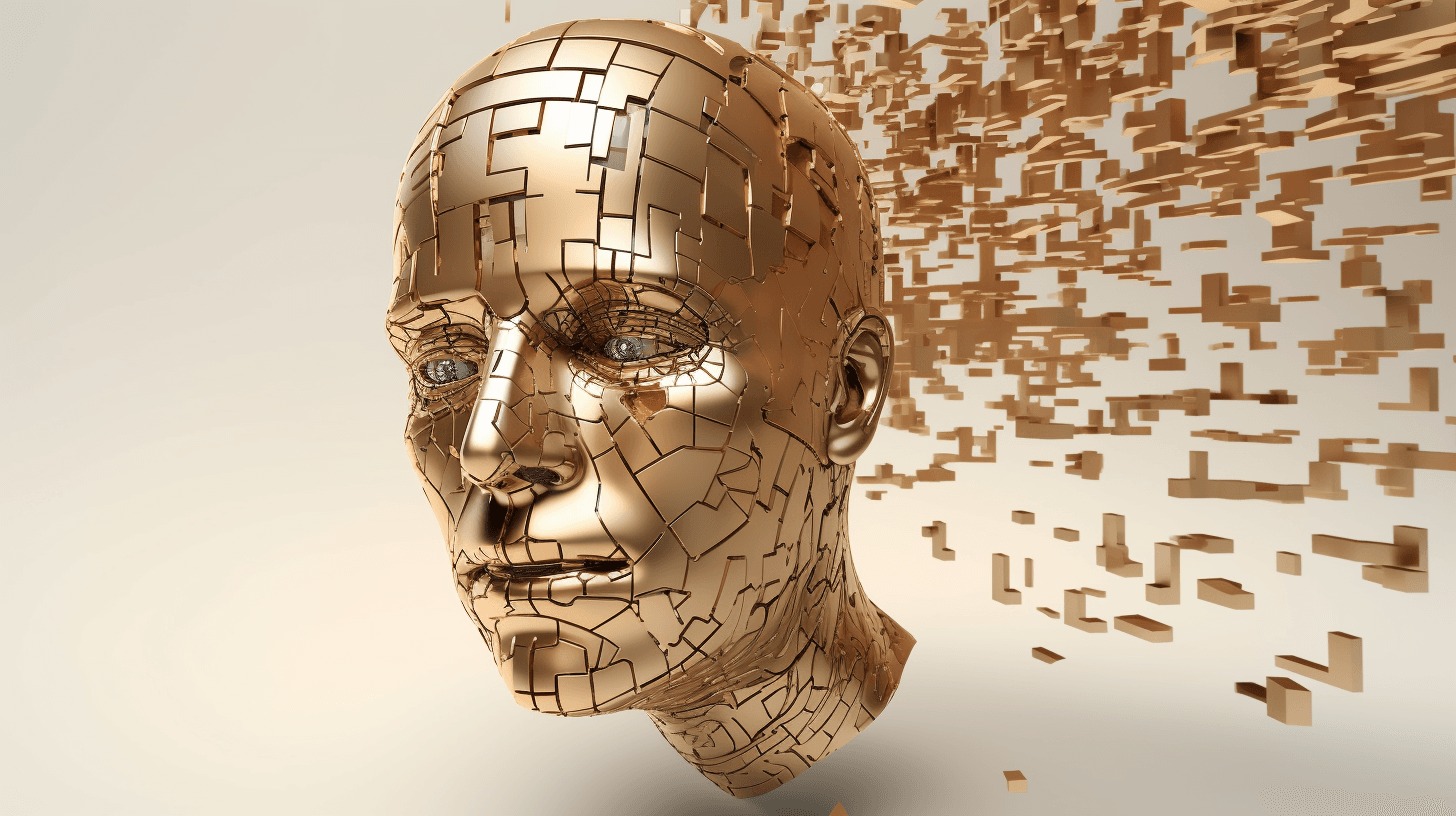








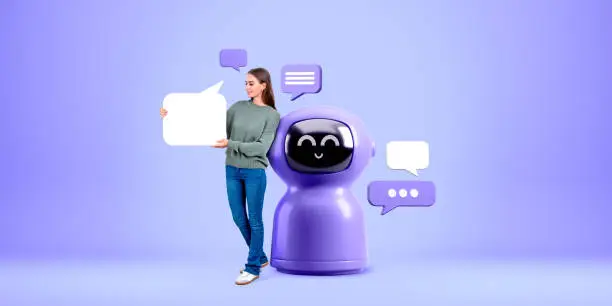




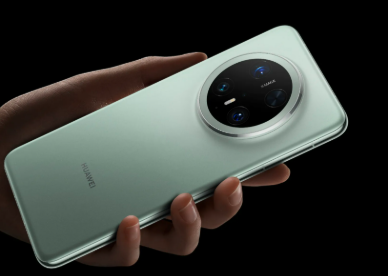






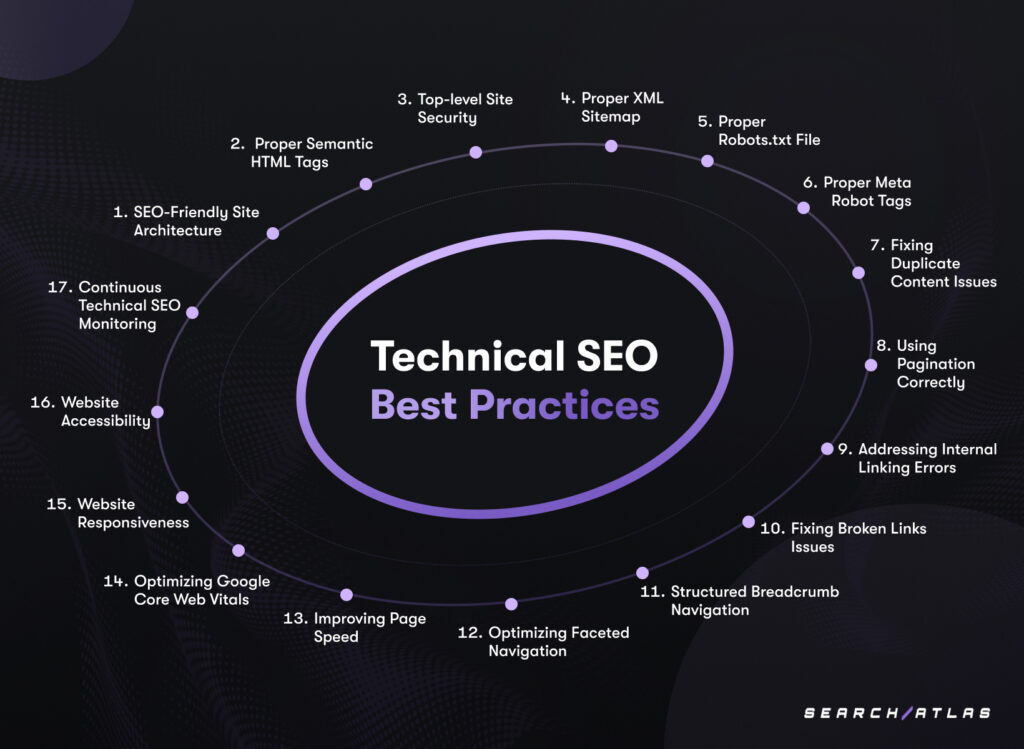


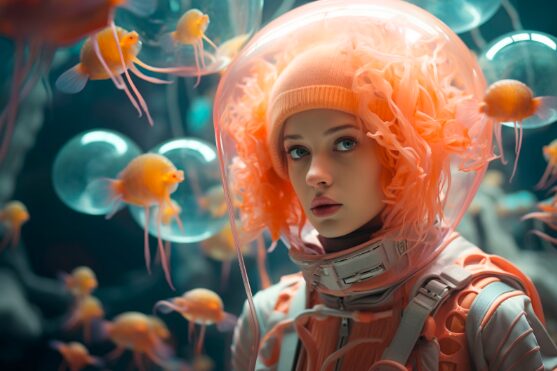










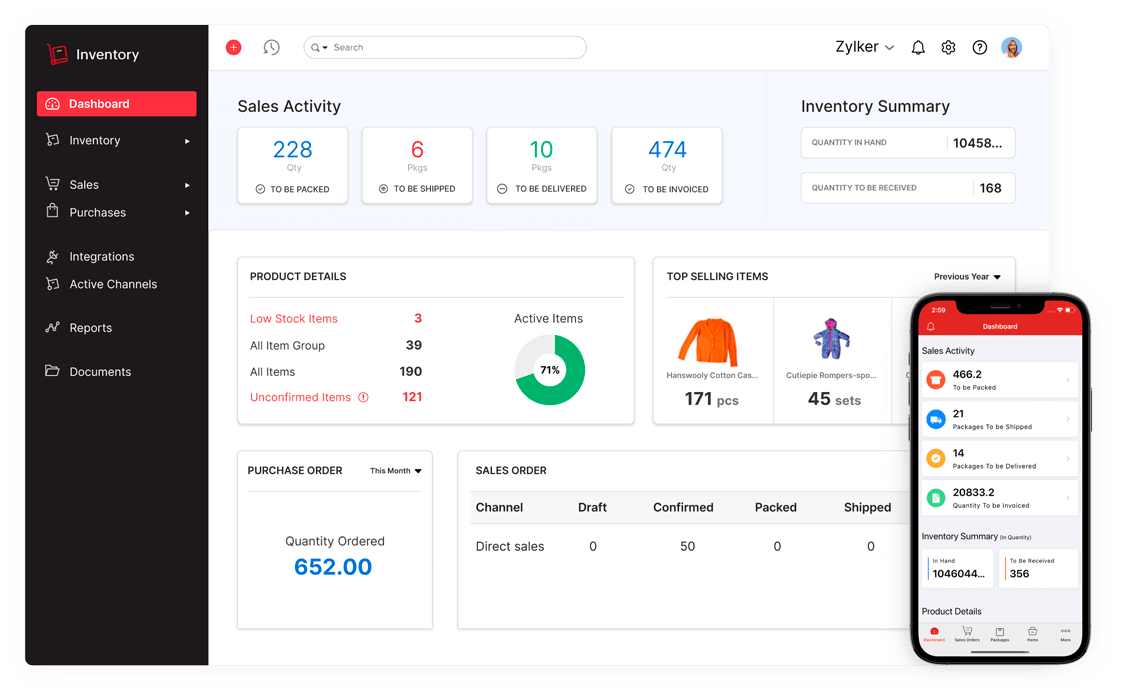






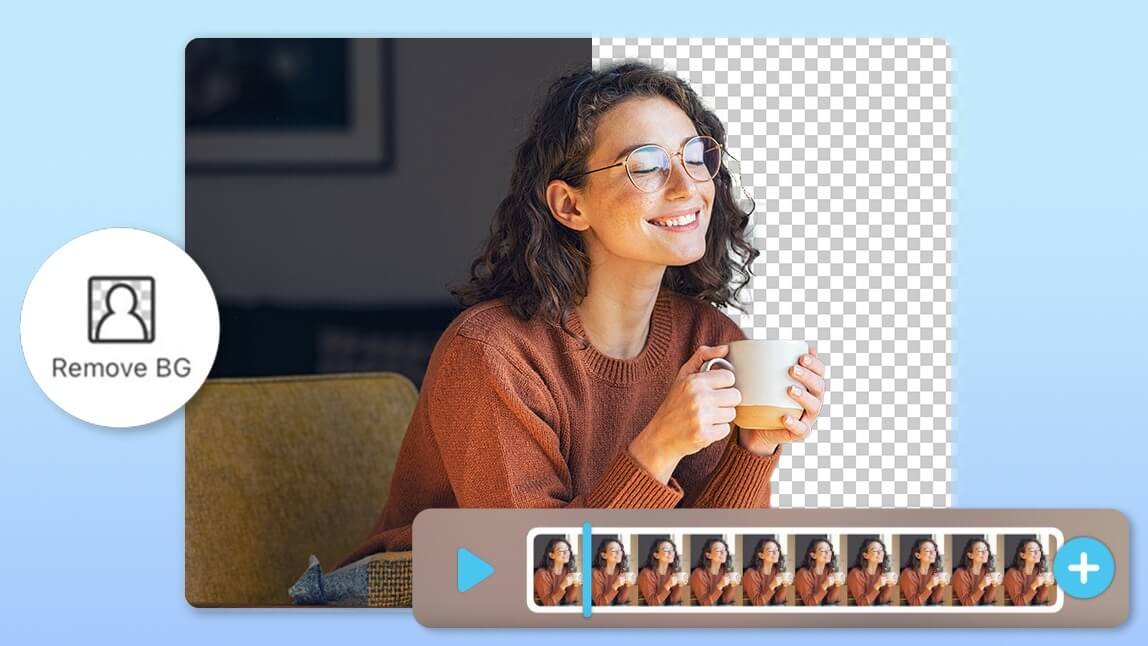



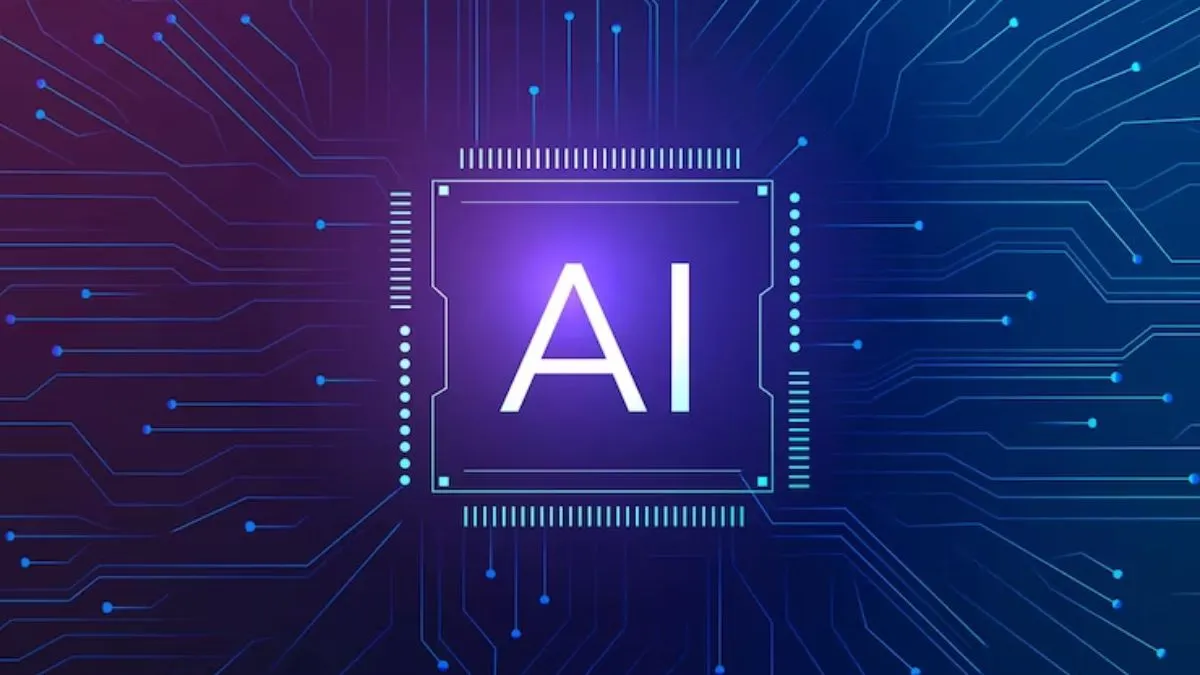

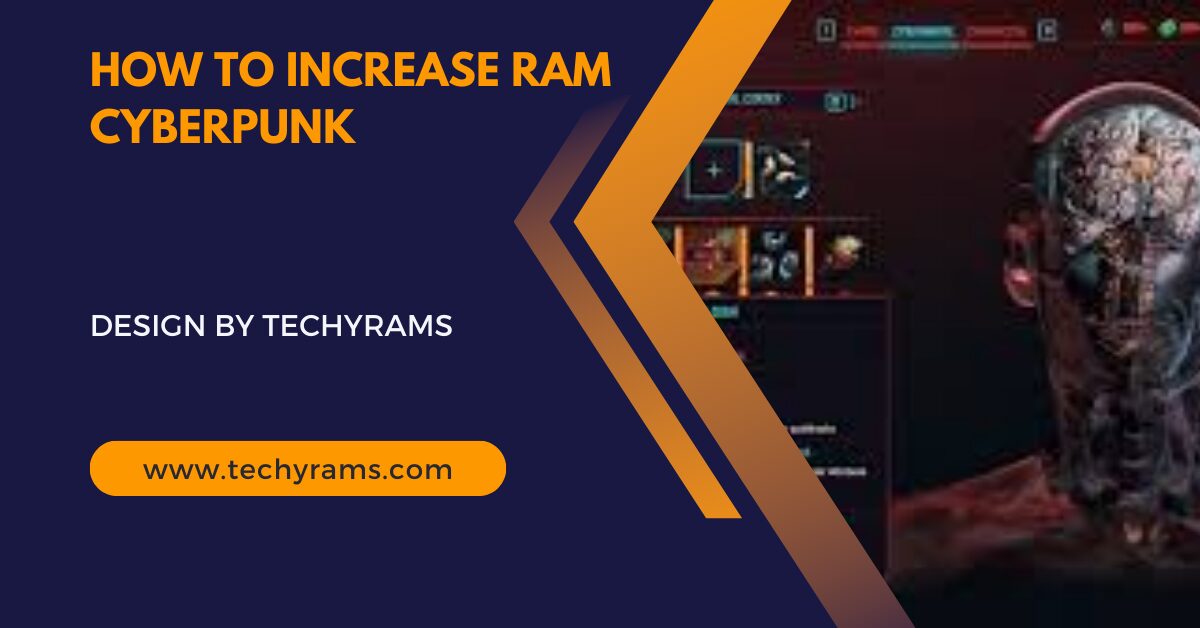
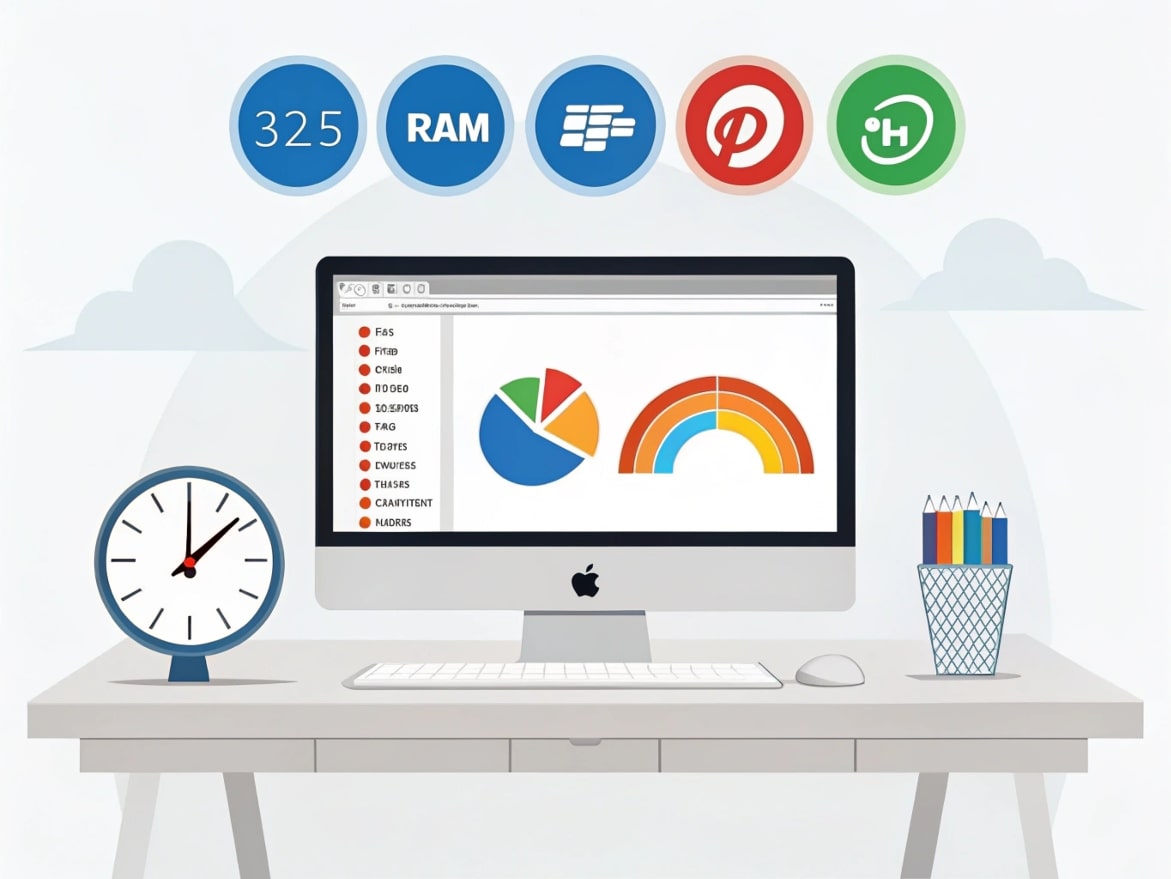
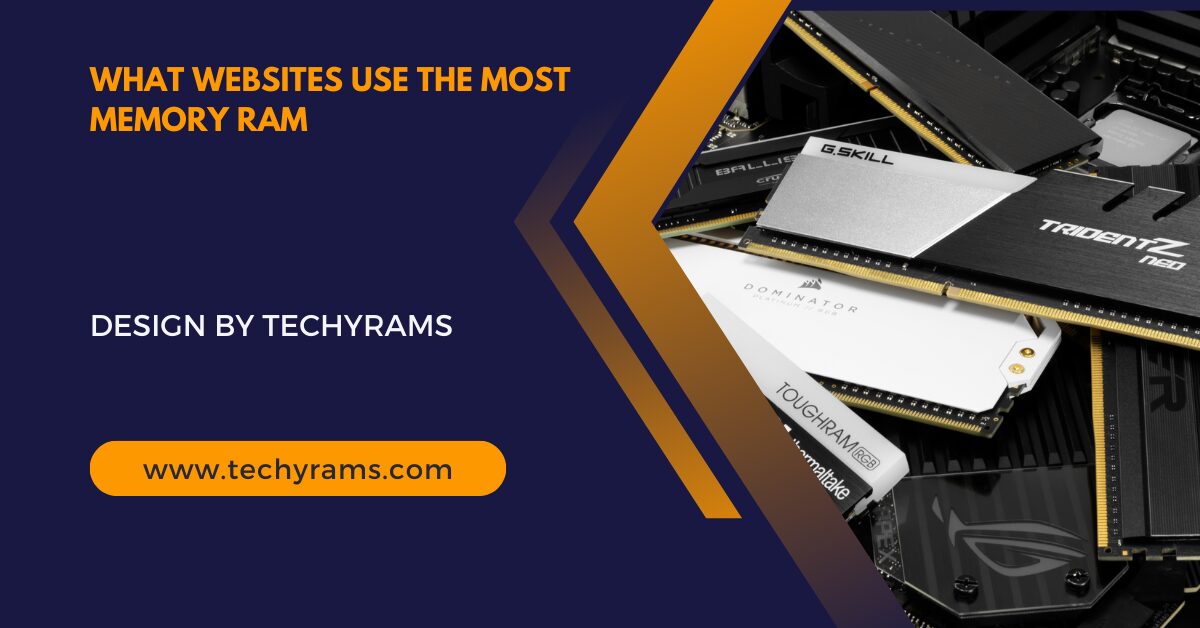

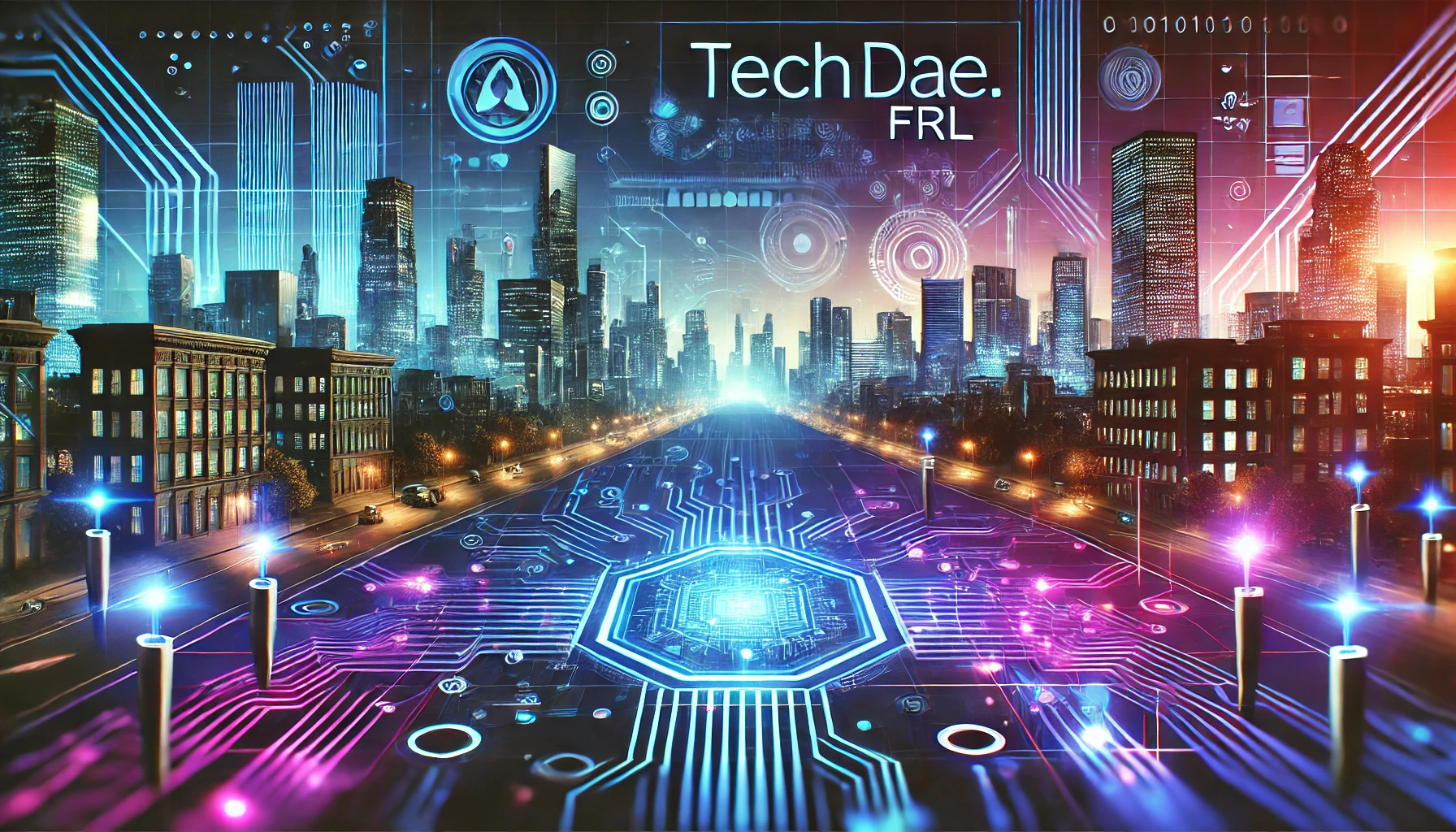

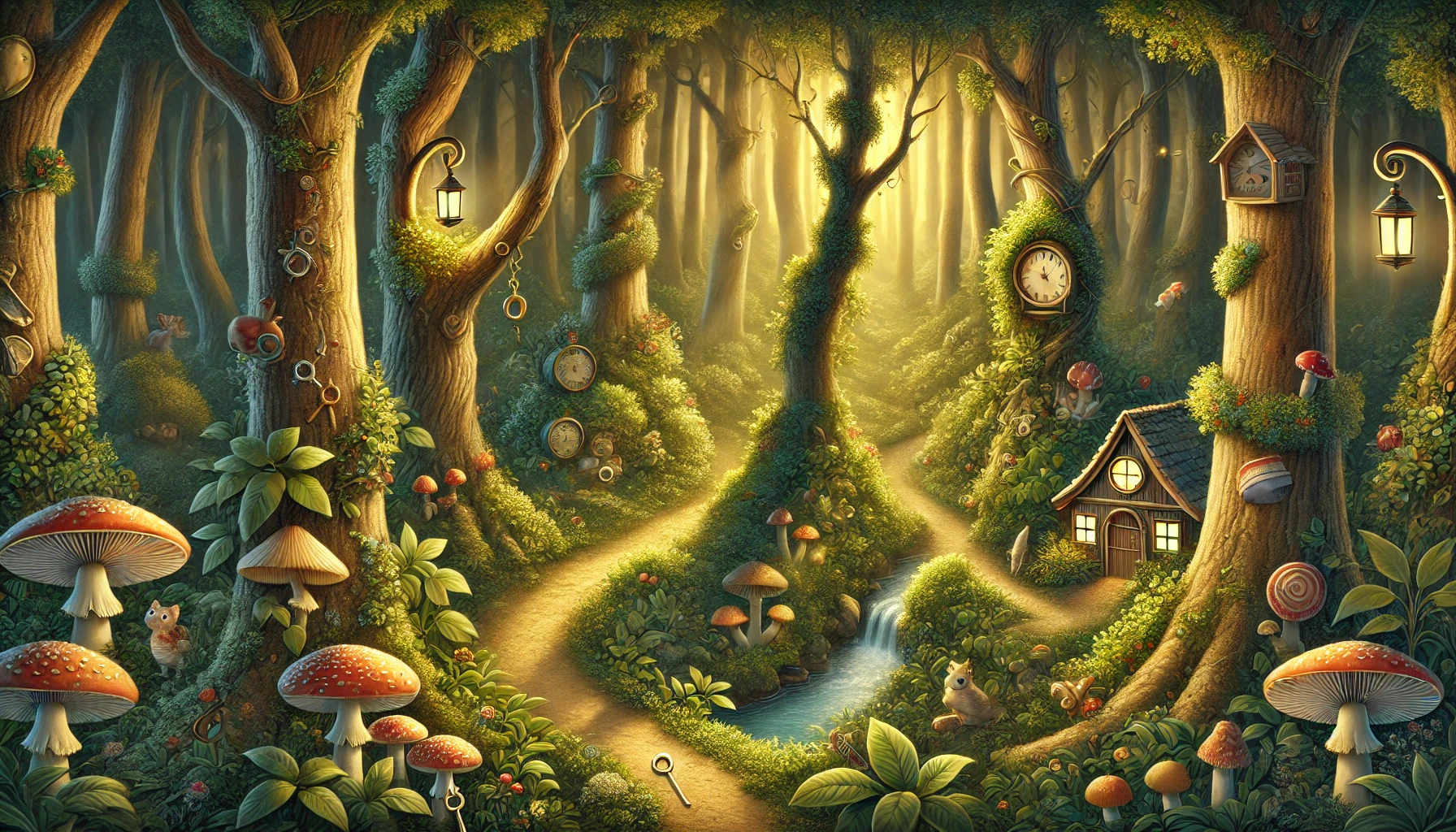

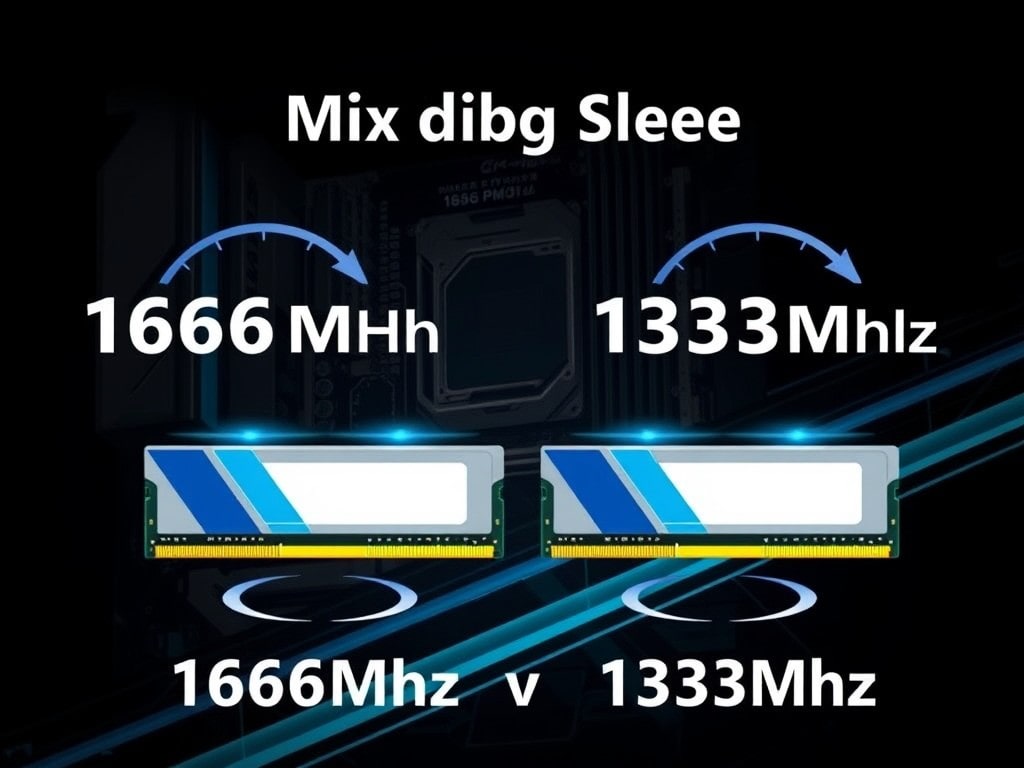
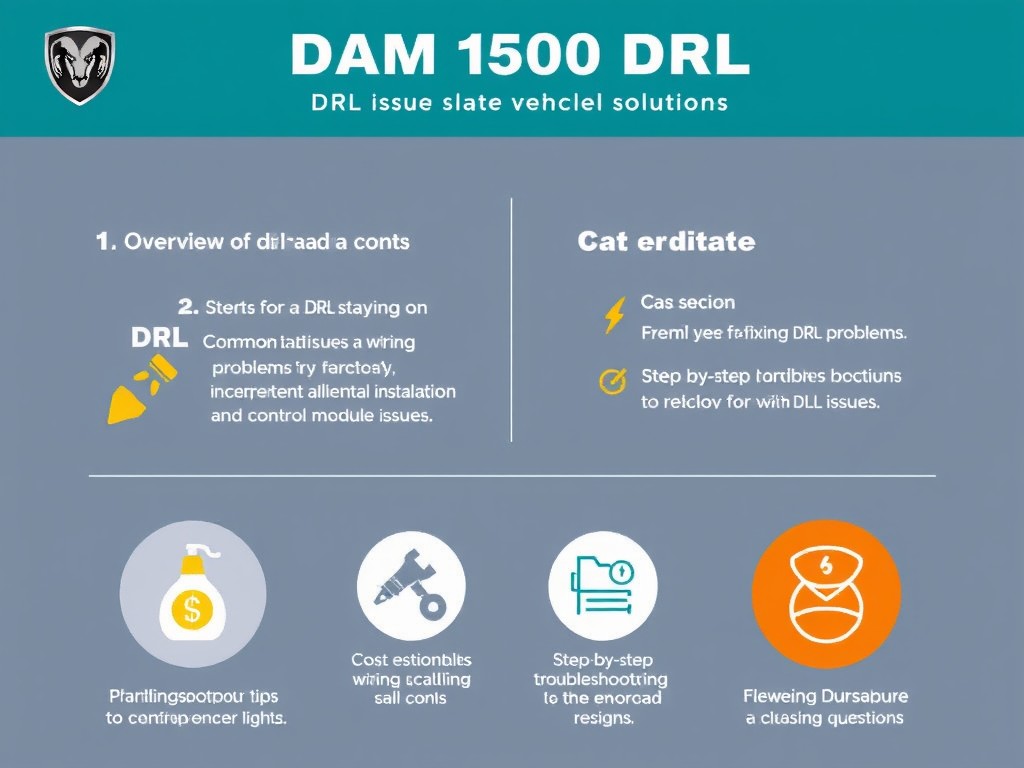



Leave a Reply